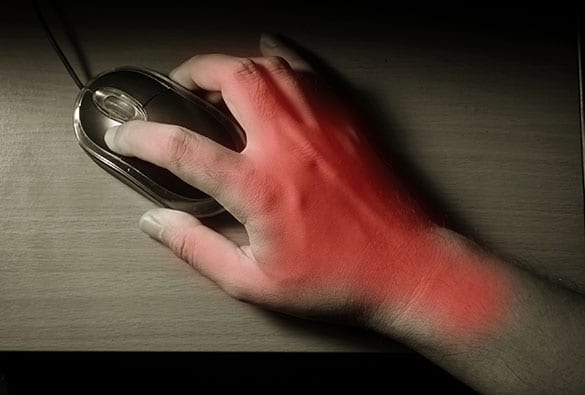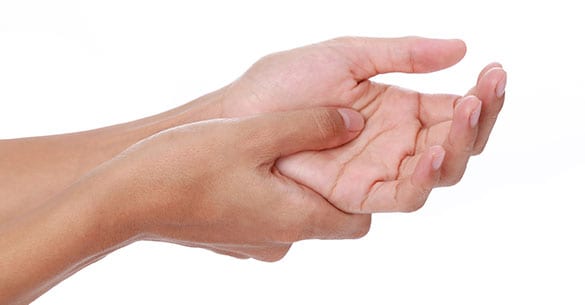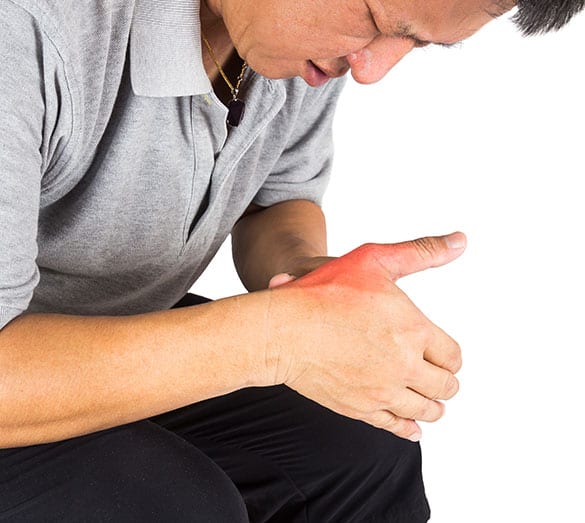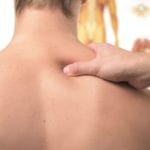
Most types of hand surgery are performed to restore the function of hands, fingers, or wrists.
Hand surgery can also be performed to relieve pain when other treatments aren’t effective. The procedure performed by a hand surgeon in Los Angeles will depend on several factors, including whether or not there are underlying health issues that will need to be taken into consideration, such as arthritis, and the extent of the damage in and around the affected hand to the:
- Bones
- Tissues
- Nerves
CONTACT US TODAY
Carpal Tunnel Release
Initial attempts at treating carpal tunnel syndrome normally involve wrist splinting, the use of NSAIDs (non-steroidal anti-inflammatory drugs) like ibuprofen (Advil, Motrin), and corticosteroids injected directly into the affected area with ultrasound or X-ray guidance. If these treatments aren’t providing sufficient relief or symptoms are severe, a hand surgeon in Los Angeles may recommend a carpal tunnel release. Usually performed under a local anesthetic, a tiny camera with a tube attached to it (called an endoscope) is used to split the carpal tunnel ligament through one or two incisions. In some cases, a traditional open procedure may be performed. It can take up to a month or so to regain full function of the hand and wrist.


Trigger Finger Release
When a finger gets stuck in a bent position, it’s a condition commonly referred to as trigger finger (stenosing tenosynovitis). Usually caused by repetitious gripping actions and more common in women, trigger finger can affect any finger or thumb. If treatments that typically include local injections, activity modification, medication, and stretching exercises aren’t helping, a hand doctor may perform surgery to open the tunnel and free the affected tendon that’s preventing a finger from straightening. Another option is percutaneous release, which involves inserting a needle into tissue around the affected tendon to break apart anything that’s constricting the tendon.
Dupuytren’s Contracture Fasciectomy
A layer of tissue under the skin of your palm may become knotted and thick over time and result in a deformity known as Dupuytren’s contracture, in which one or more fingers becomes bent. There’s no clear cause of the condition, although known risk factors include tobacco use, having a family history of Dupuytren’s contracture, and conditions that affect circulation, such as diabetes. If the deformity is severe, a hand surgeon may remove the knotted tissue to release the affected fingers. It can take 2-3 months to regain full hand/finger function.
Tendon Repair
Two main groups of tendons make hand and wrist movements possible. Flexor tendons allow fingers to curl and grip and the hand to form a fist. Extensor tendons allow fingers to open and spread. If a tendon rupture occurs, one or more of these tendons has been torn. Damage may occur from an accident or tissues may be affected by rheumatoid arthritis. Oftentimes, tendons from other fingers are used to repair the damage. If the ruptured tendon has damaged bones in the wrist, the affected bone is sometimes removed. It usually takes a few months for repaired tendons to heal.
Knuckle (MCP Joint) Replacement
Rheumatoid arthritis of the knuckles sometimes affects the MCP (metacarpophalangeal) joints located between the metacarpal bones and the fingers. If these joints become damaged or deformed, fingers may drift sideways away from the thumb, often resulting in reduced hand function and pain. When there’s severe damage to the MCP joints, a hand surgeon in Los Angeles may replace your knuckles with artificial joints. New MCP joints aren’t as durable as natural ones, so some precautions will need to be taken following the procedure.
Trapeziectomy
Located at the base of the thumb, the trapezium is a bone that’s sometimes affected by basal joint arthritis, or “thumb arthritis.” Early symptoms include pain, stiffness, and tenderness around the thumb. If splinting, medication, and other treatments aren’t helping, a hand surgeon in Los Angeles may perform a trapeziectomy, which is removal of the trapezium. Your hand may be kept immobile to allow scar tissue to fill in the gap where the bone was located. Sometimes a tendon from another area is used. Follow-up therapy usually involves hand and thumb exercises to re-strengthen muscles and tissues.
In situations where a hand has been injured in an accident, a hand surgeon in Los Angeles will determine the most effective way to reattach veins, tendons, and blood vessels. Additional steps may be taken to minimize or correct nerve damage. Another reason to consider a visit to a hand doctor is when discomfort is interrupting your daily life, as is often the case with carpal tunnel syndrome. Keep in mind that, depending on the nature of the problem, there may be other non-surgical options available.




